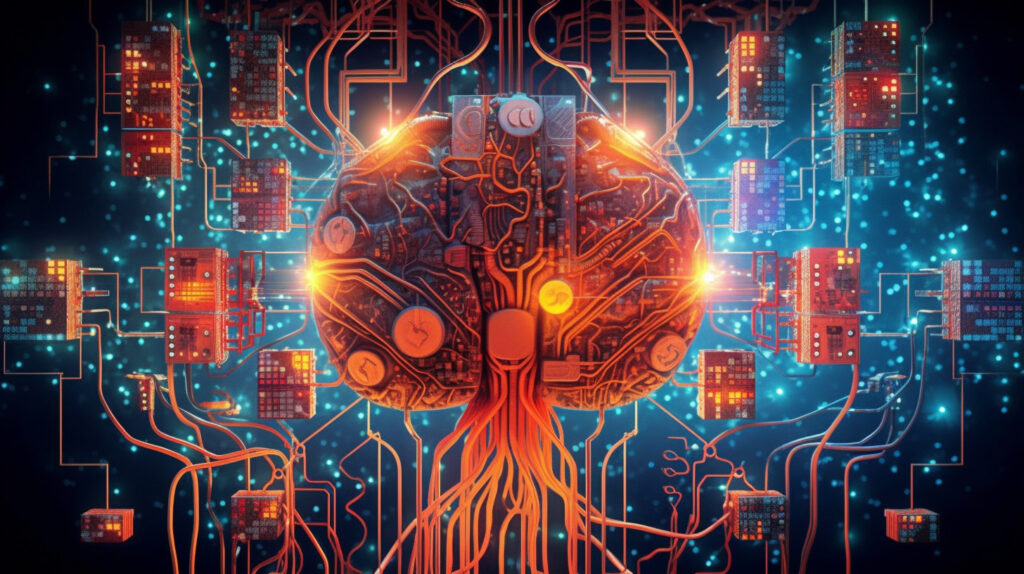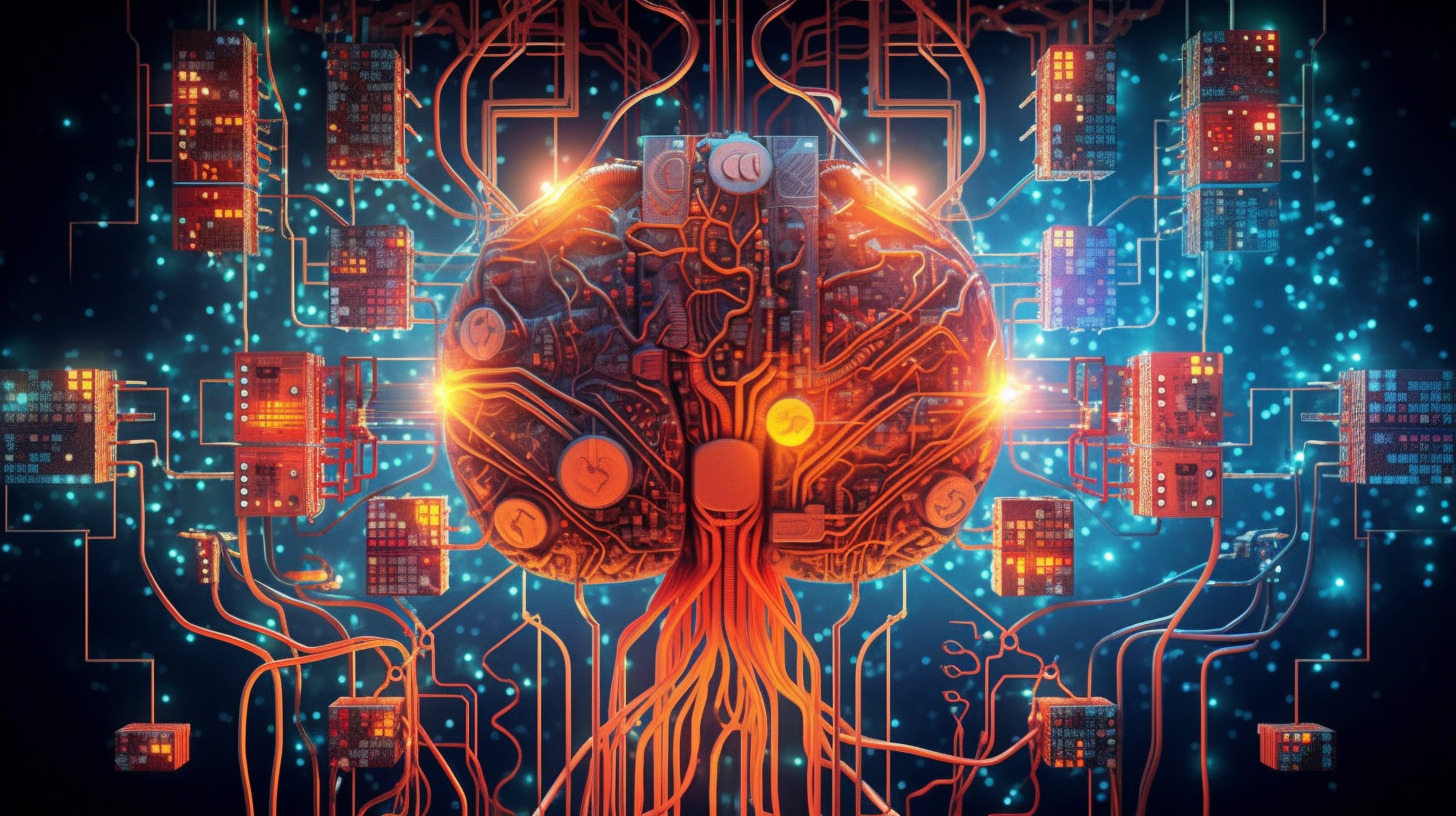
Introduction
Hey there, tech enthusiasts! In this post, we will explore the different types of AI tools available at our disposal ( Machine Learning, Deep Learning, Computer Vision, NLP, and more). Ever wondered how Siri understands your commands, or how Facebook recognizes your friends in pictures? It’s all thanks to the magic of Artificial Intelligence (AI). But let’s take off the magician’s hat today and delve deep into the world of AI tools. You might be surprised to find just how much AI encompasses!
Machine Learning Algorithms: The Hidden Heroes of AI
To kick things off, let’s discuss machine learning algorithms, the hidden heroes behind the AI curtain. Machine learning is a subfield of AI that enables computers to learn from data without being explicitly programmed. These algorithms use statistical techniques to build models that can make predictions or decisions. For instance, have you ever noticed how Netflix seems to know exactly what you’re in the mood to watch? That’s a recommendation algorithm, a type of machine learning, hard at work.
There are several types of machine learning algorithms out there, but three stand out from the crowd. Supervised learning is like a student-teacher interaction, where the algorithm learns from labeled training data. Unsupervised learning is the opposite, with algorithms identifying patterns in unlabeled data. Lastly, reinforcement learning involves an algorithm learning optimal actions through trial and error to achieve the maximum reward. Fascinating, right?
The World of Natural Language Processing (NLP) Tools
Moving on to our next category, let’s explore the realm of natural language processing (NLP) tools. NLP, another AI subfield, focuses on how computers can understand, interpret, and generate human language. Ever asked Alexa to play your favorite song or used Google Translate or ChatGPT to write an ad? Then you’ve experienced NLP in action!
NLP tools rely on both machine learning and linguistic knowledge. They work on various tasks, including but not limited to, sentiment analysis (think of customer reviews), machine translation (like Google Translate), and speech recognition (like Siri or Alexa). These tools are transforming our interaction with technology, making it more intuitive and user-friendly.
Computer Vision Tools: Teaching Computers to See
Have you ever wondered how Google Photos manages to identify and sort pictures of your dog, even if they were taken in different locations or under varying light conditions? Welcome to the universe of computer vision tools, another key AI category. Computer vision, as the name suggests, is all about helping computers ‘see’ and interpret digital images or videos.
These AI tools use deep learning models to identify objects, persons, or even emotions in images or videos. Applications of computer vision range from facial recognition in your phone’s camera to self-driving cars that ‘see’ the road. They also play a significant role in industries like healthcare, where they can help diagnose diseases by interpreting medical images.
Generative AI Tools: Unleashing AI Creativity
Let’s move on to a newer yet equally exciting area of AI – generative AI tools. Ever heard of deepfakes or AI-written articles? Yes, they’re the product of generative AI, which is all about creating new content from scratch. It’s like providing an AI with a creative license, albeit with guidance!
Generative AI models, like GPT (Generative Pretrained Transformer) from OpenAI, can generate surprisingly coherent and contextually relevant text. Similarly, there are AI models that can create realistic images, compose music, or even generate videos. These tools open a new realm of possibilities, from automating content creation to designing new video games.
The Impact and Future of AI Tools
AI’s universe is vast and continually evolving, with machine learning, NLP, computer vision, and generative AI as just some of its many facets. However, remember that AI tools, while impressive, are tools in the end. They need human guidance to ensure ethical use and to drive meaningful innovations.
To conclude, AI tools are more than just a modern novelty. They are transforming the world around us, from entertainment and communication to healthcare and transportation. By understanding the different types of AI tools, we can better appreciate the amazing capabilities of technology and anticipate future innovations. So next time when Siri responds to your query or Netflix recommends a great show, remember the AI magic behind it!
If you want to understand how these techniques impact different industries take a look at our other AI Tools beginners guide
Keep exploring, keep learning, and keep marveling at the wonders of AI. Until next time, folks!
